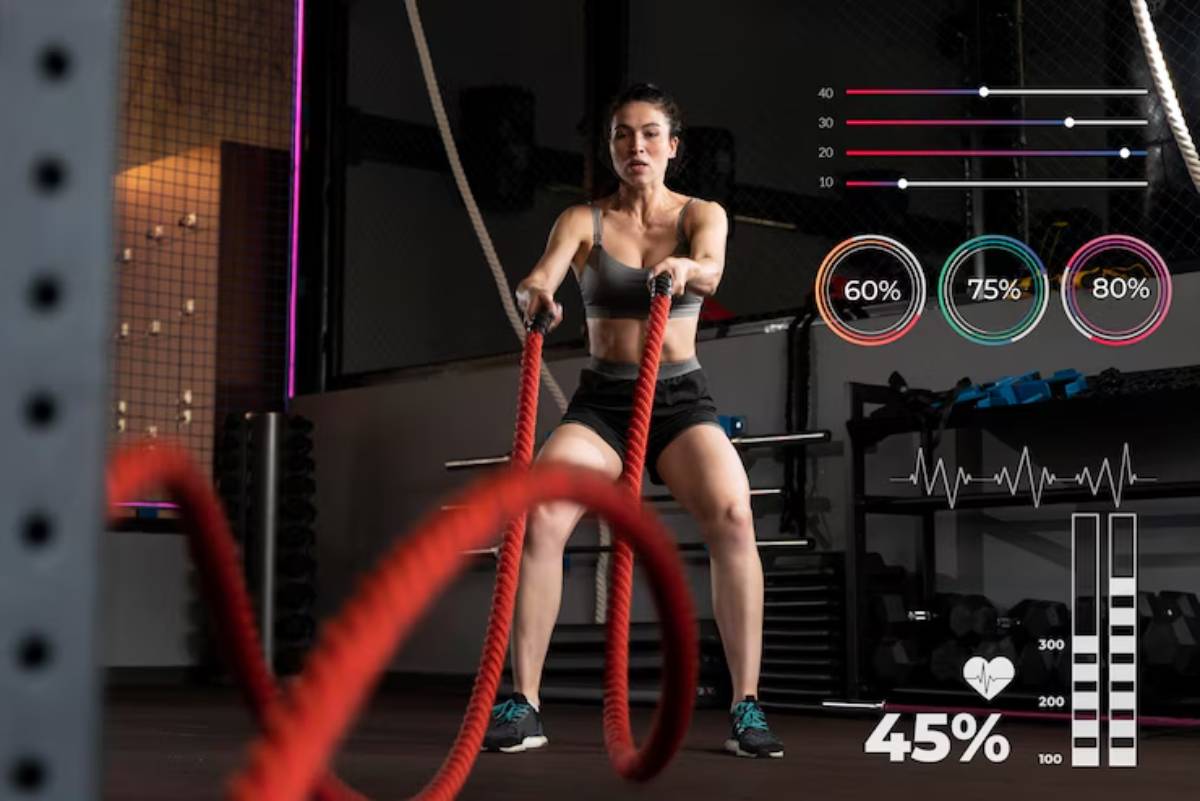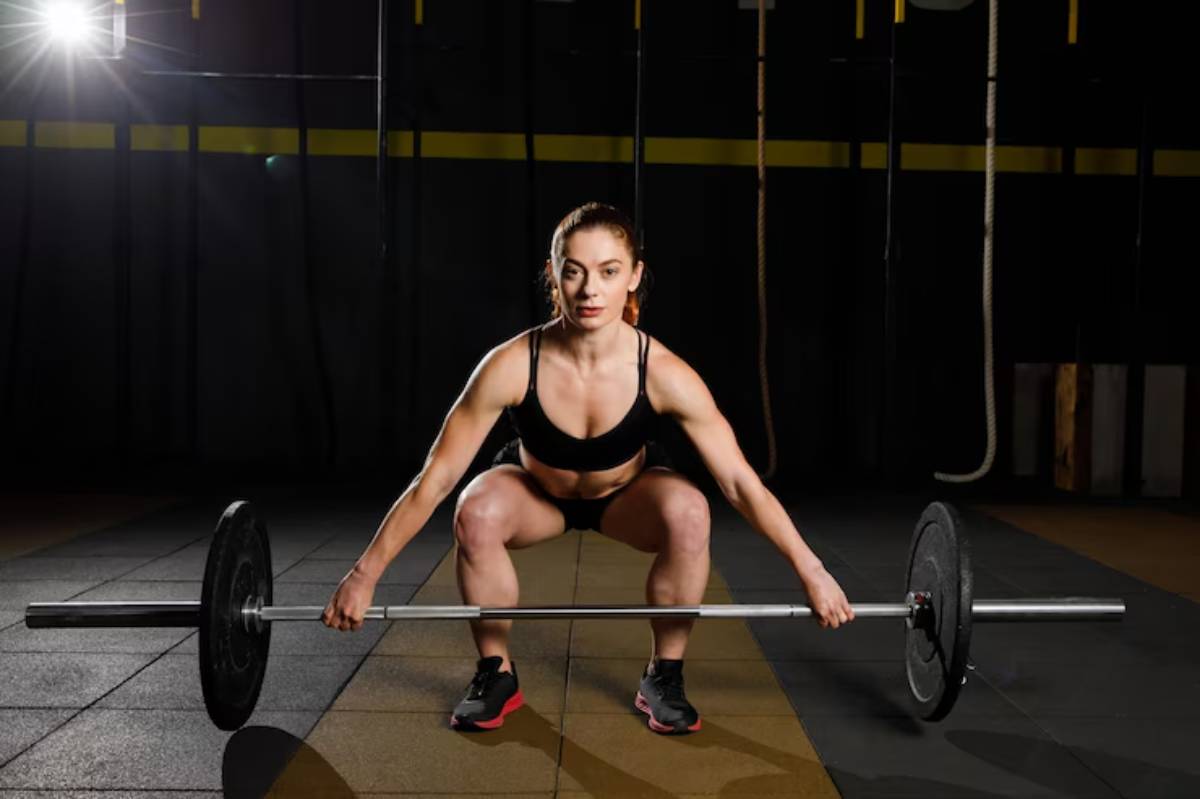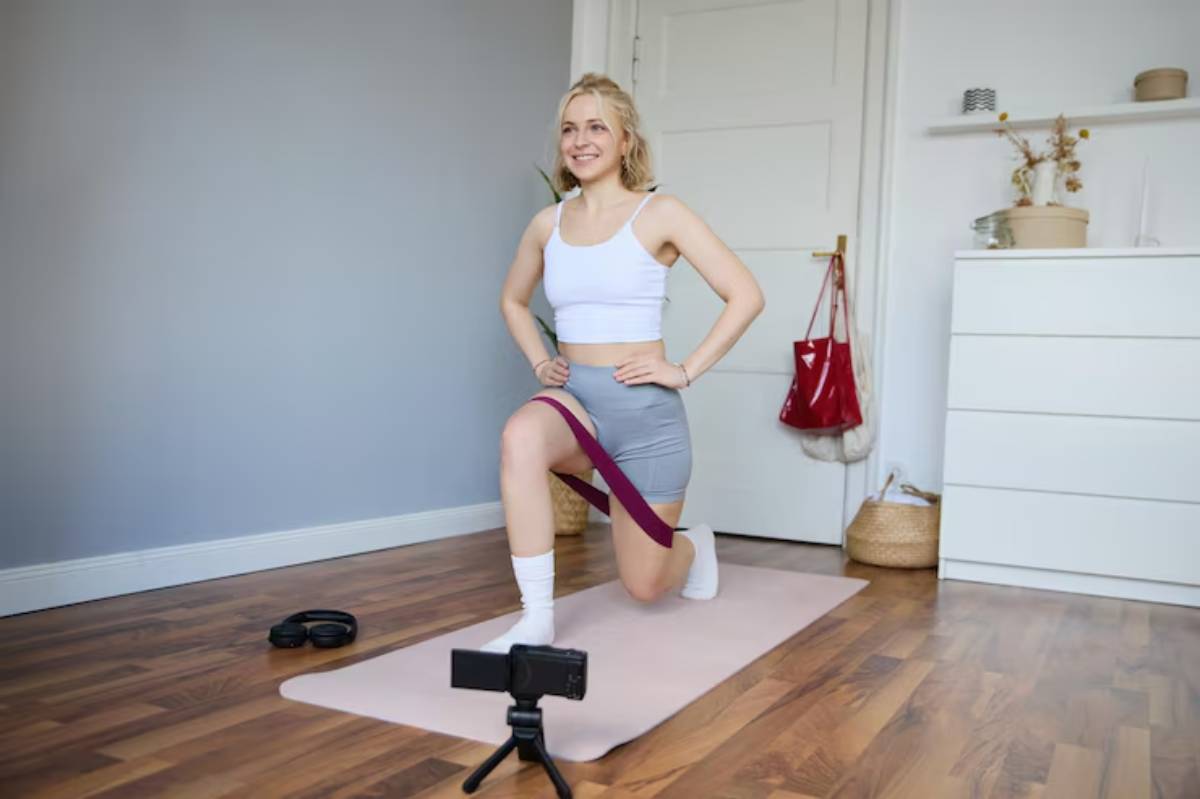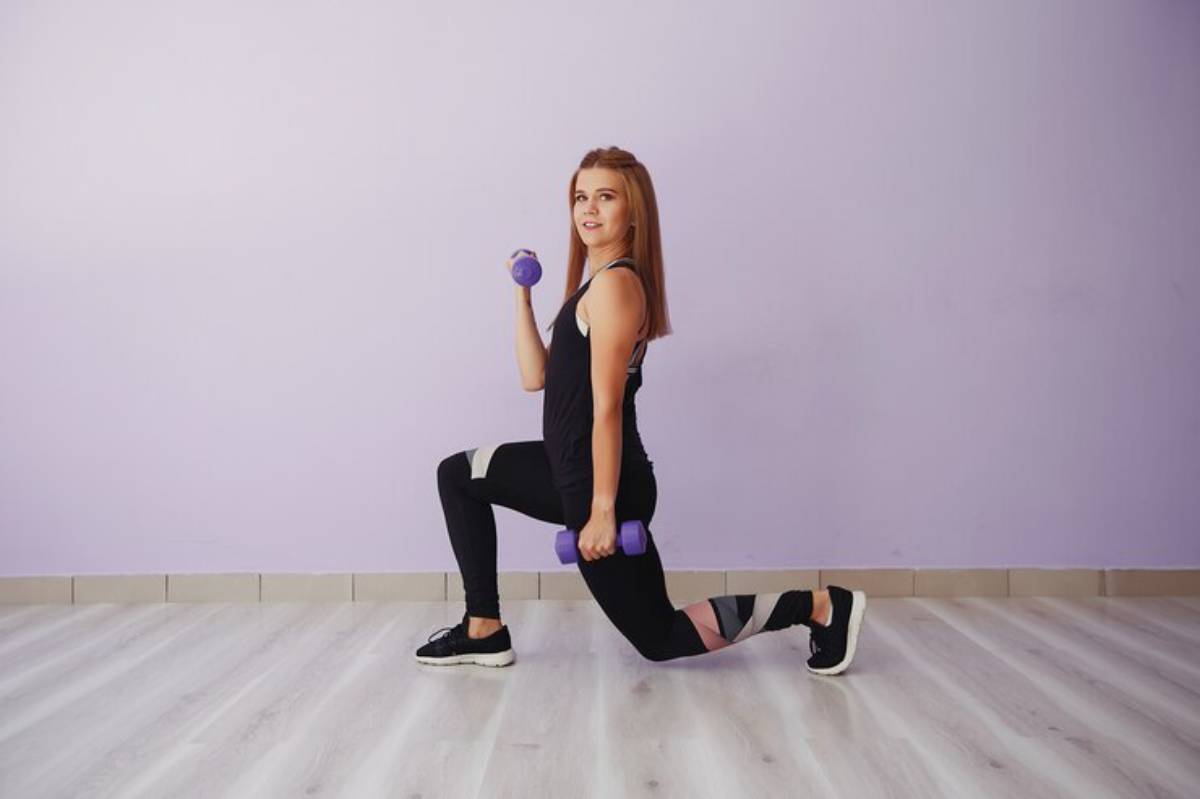
How to Measure Progress in the Gym Without the Scale
You step off the scale and feel that familiar frustration. Despite training hard and eating well, the number barely budged — or worse, crept up. But here’s the truth the scale isn’t the full story of your fitness progress. It’s just one data point, and often the least useful one.
Real change happens beneath the surface — in your strength, endurance, mood, posture, and even how your clothes fit. If you’re chasing strength goals, confidence, and sustainable progress, it’s time to embrace non-scale results.
This guide will help you shift your focus from weight alone to a more accurate, empowering method of gym progress tracking — tailored especially for women who want more than a number.
Understanding the Core: Why the Scale Can Be Misleading
Weight Fluctuations Are Normal
Your weight can change daily due to hydration, hormones, and sodium intake. These fluctuations don’t reflect fat gain or muscle loss — they’re just normal body responses.
Muscle Weighs More Than Fat
As you gain lean muscle and lose fat, the scale may stay the same or even increase. But your body composition is improving — you’re getting stronger, not heavier.
Mental Impact Matters
For many women, obsessing over the scale damages motivation and self-esteem. A number shouldn’t dictate how you feel about your effort or your body.
Quick Guide: Non-Scale Progress Markers
- Track strength gains in your major lifts
- Monitor how your clothes fit and feel
- Use progress photos monthly
- Assess workout performance and recovery
- Record energy, mood, and sleep improvements
- Take body measurements every 4–6 weeks
- Note visual changes in posture and muscle tone
Pro Tip: Log how you feel after workouts. Mood, energy, and confidence are important progress markers.
Step-by-Step Guide: How to Track Non-Scale Progress
Step 1: Track Strength Performance
Focus on progression in lifts like:

- Deadlifts
- Squats
- Bench press
- Pull-ups
- Overhead press
Record:
- Weight lifted
- Reps and sets
- Tempo and form quality
If your numbers improve over time, you’re progressing, whether or not your weight changes.
Step 2: Use Body Measurements
Take a tape measure to track changes in:
- Waist
- Hips
- Bust/chest
- Arms
- Thighs
Do this every 4–6 weeks, under the same conditions (time of day, menstrual cycle phase).
Step 3: Take Progress Photos
Once a month, take full-body photos:
- Front, side, and back views
- Same clothes and lighting
- Same poses and expressions
Photos show visual progress like posture, muscle tone, and overall shape — things scales can’t.
Step 4: Monitor Clothing Fit
Pay attention to how:
- Jeans button more easily
- Tops feel looser across your back
- Leggings hug your muscles differently
These cues are often more honest than the scale.
Step 5: Evaluate Workout Performance
Keep a journal or app where you log:
- Workout consistency
- Energy during sessions
- Reps, sets, and weights used
- Recovery time
If you’re lifting heavier or finishing a routine you once struggled with, you’re advancing.
Step 6: Observe Daily Life Improvements
Better fitness affects more than gym sessions. Notice:
- Carrying groceries with ease
- Climbing stairs without getting winded
- Sleeping better
- Improved focus at work
These are real wins — signs that your fitness is paying off in life.
Important Tip: Don’t rely on just one metric. Use at least three to build a more accurate picture.
Important Notes & Warnings
Warning: Avoid daily scale use if it causes emotional stress or self-doubt. Your value isn’t numerical.
Pro Tip: Track your menstrual cycle alongside fitness logs. Hormonal changes affect strength, water retention, and sleep.
Best Practices & Additional Insights
Combine Metrics for Better Clarity
One change doesn’t tell the whole story. Combine:
- Strength gains + measurements + performance notes
- Photos + mood logs + gym records
This gives a fuller, more accurate view of your progress.
Celebrate Strength-Based Milestones
Instead of obsessing over pounds lost, aim for:

- push-up in gym
- Lifting your bodyweight in a deadlift
- Running a full kilometre without stopping
Strength goals are empowering and sustainable.
Explore how to align these with your goals in Celebrating Small Wins Motivation Tips for Female Lifters.
Use Tech (But Don’t Obsess)
Apps like Strong, Fitbod, or even a Google Sheet can track performance metrics.
Use them to notice patterns — not punish progress.
Build Your Own Progress Toolkit
Pick 3–4 methods that resonate most. Maybe it’s photos, performance, and journal entries. Make it personal and consistent.
Check out Tracking Progress Beyond the Scale to learn how to create your own sustainable system.
FAQs
Can I make progress if the scale doesn’t move?
Absolutely. You may be gaining muscle and losing fat simultaneously, which won’t reflect in weight but will in shape and performance.
What’s better: measuring tape or scale?
For women with strength goals, measurements show body composition changes more reliably than weight alone.
How often should I take progress photos?
Every 4 weeks works well. Any more and you may not see visible change — any less and you could miss important trends.
Why do my clothes feel tighter even though I’m lifting?
You might be building muscle, especially in areas like glutes or thighs. That’s a sign of progress, not regression.
Should I stop weighing myself completely?
Not necessarily. Use the scale as one tool — not the only one. If it harms your mindset, take a break from it.
Progress Looks Different — But It’s Still Progress
If you’ve been glued to a number on the scale, it’s time to zoom out. Gym progress tracking is about your strength, resilience, and evolution, not your gravitational pull.
By embracing non-scale results, you reclaim control over how you measure success. You start to appreciate what your body can do, not just what it weighs.
So take a photo, log your lift, try on that old pair of jeans — and smile. Because every rep, step, and session is proof you’re moving forward.


